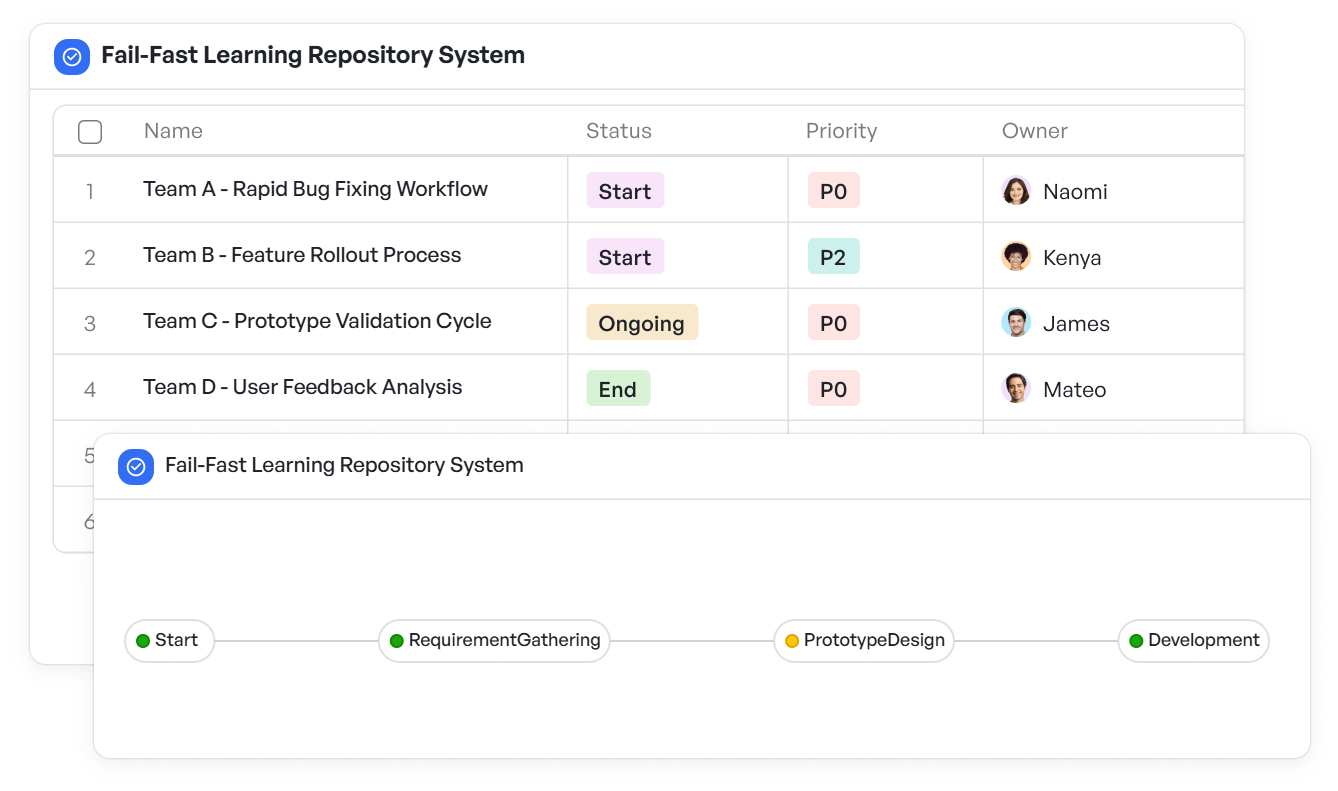How to Implement Test-Driven Development in Software Development

In the fast-paced world of software development, ensuring high-quality, reliable code is essential. As projects become more complex, development teams are continuously seeking approaches that improve efficiency and reduce errors. One such methodology that has gained significant traction is test-driven development.
Test-driven development not only helps in writing better code but also supports teams in producing more maintainable and bug-free software. As software projects scale, especially within mid-market and enterprise-level companies, adopting a well-defined approach like test-driven development can be a game-changer. It offers a structured way to handle complex tasks, enhancing the overall development process.
Let’s take a closer look at how test-driven development works and how it fits within agile frameworks that many organizations are already using.
What is Test-Driven Development in Software Development?
Test-driven development is a software development practice that emphasizes writing tests before the actual code. The process follows three simple yet powerful steps:
- Write a test: A developer writes a test for a new feature or functionality. Initially, the test fails because the feature doesn’t exist yet.
- Write the code: The next step is to write just enough code to pass the test. This phase ensures that the development work is focused on the task at hand.
- Refactor the code: Once the test passes, developers refactor the code to improve its structure, readability, or performance while ensuring that the tests still pass.
You may be interested in: 👉Extreme Programming Vs Test-Driven Development
4 Core Principles of Test-Driven Development in Software Development
Test-driven development is a systematic approach that ensures software is both functional and maintainable. It focuses on writing tests before code, fostering a continuous feedback loop that enhances code quality throughout the development process.
1. Write a Test Before the Code
The first step in test-driven development is writing a test for the functionality you want to build. This ensures that you know exactly what the expected outcome is before starting the development process.
Writing tests first reduces the risk of misunderstandings and helps developers stay focused on delivering the desired functionality.
2. Make the Test Pass
Once the test is written, the next step is to write the minimal code necessary to make the test pass. This phase is all about getting something functional and ensuring that the test results in success.
Developers should focus on writing just enough code to meet the test's requirements, without over-engineering the solution.
3. Refactor the Code
After the test passes, the code can be refactored. Refactoring involves cleaning up the code to improve readability, maintainability, and performance, all while ensuring that the tests continue to pass.
The iterative cycle of writing tests, developing code, and refactoring allows for continuous improvements throughout the development process.
4. Repeat the Cycle
Test-driven development operates in short iterations, often referred to as "Red-Green-Refactor" cycles. In each cycle, the developer writes a failing test (Red), writes the code to pass the test (Green), and then refactors the code to improve its structure (Refactor).
This cycle is repeated throughout the development process, ensuring that code is always tested and functional.
5 Key Benefits of Test-Driven Development in Software Development
Test-driven development not only ensures that your code is reliable and bug-free but also brings numerous benefits that can enhance both development speed and collaboration.
Here are five key advantages of adopting test-driven development in your software development process:
1. Improved Code Quality
Since developers write tests before the code, they are forced to think through the functionality and design of their code. This leads to cleaner, more modular code that is easier to maintain and less prone to errors.
To further enhance learning from failures and refining approaches, the fail fast learning repository system can be an essential tool for teams. It helps capture and organize insights gained from failures, accelerating the learning process and improving overall code quality.
 Boost development speed with the fail-fast learning repository system template
Boost development speed with the fail-fast learning repository system template2. Fewer Bugs and Errors
By testing each piece of code as it is written, test-driven development helps catch bugs early. The process of debugging is inherently integrated into test-driven development, as developers focus on writing tests that help identify potential issues immediately.
This iterative process of running tests, identifying bugs, and refining the code ensures that any issues are resolved quickly, drastically reducing the time spent on debugging later in the development cycle.
3. Faster Development Cycles
Writing tests first ensures that developers are clear about the requirements, reducing the time spent on debugging and rework.
Additionally, since tests are already in place, developers can confidently make changes to the codebase without fear of breaking existing functionality.
4. Better Collaboration Between Teams
Test-driven development promotes better collaboration between developers, QA teams, and project managers. Just as effective stakeholder management is essential in aligning teams and ensuring project success, test-driven development requires close collaboration to maintain high-quality standards.
Effective communication and clear project goals, as emphasized in software stakeholder management, ensure all stakeholders are on the same page throughout the development process.
5. Easy Integration with Continuous Integration (CI) Systems
Test-driven development works seamlessly with CI/CD (Continuous Integration/Continuous Deployment) systems. Since tests are written from the outset, it becomes easier to integrate automated testing into the CI pipeline.
This ensures that code is continuously validated and integrated into the overall system, helping to catch issues before they affect production environments.
5 Steps To Implement Test-Driven Development In Software Development
For organizations in the software sector, adopting test-driven development may seem like a daunting task, but it’s an investment that pays off over time.
Here’s how you can implement test-driven development within your team:
1. Start Small
Begin by introducing test-driven development on a small scale, such as for a single feature or module. Encourage your developers to adopt the practice and evaluate its effectiveness within a manageable scope.
As the team becomes more comfortable with the process, you can expand test-driven development across larger portions of the codebase.
2. Educate and Train Your Team
Provide your development team with the necessary training and resources to understand the test-driven development approach. This could include workshops, tutorials, and access to relevant tools that support test-driven development, such as testing frameworks and CI/CD integrations.
Ensuring that your team is well-equipped to embrace test-driven development is key to its success.
3. Use the Right Tools
Invest in the right tools that support automated testing and test-driven development. For example, popular testing frameworks like JUnit for Java or Mocha for JavaScript can help streamline the test-driven development process.
Additionally, integrating these tools with a visualized workflow tool can further enhance collaboration and track testing progress effectively.
4. Establish Clear Guidelines
Set clear guidelines for your development teams regarding when and how tests should be written. Define standards for writing tests, covering aspects such as test coverage, naming conventions, and testing edge cases.
Consistency is key to ensuring that test-driven development is effective and scalable across teams.
5. Iterate and Improve
As with any methodology, test-driven development should evolve over time. After implementing test-driven development for a while, take the time to reflect on what’s working and what could be improved.
Collect feedback from your team and continuously refine your approach to ensure that it aligns with the needs of your organization and project goals.
Maximize Efficiency with Test-Driven Development
Test-driven development is a powerful methodology that significantly improves software quality, speeds up development cycles, and fosters better collaboration across teams. By writing tests first, teams ensure code quality, reduce bugs, and deliver reliable products.
However, for test-driven development to be most effective, it requires clear communication, efficient workflows, and seamless collaboration. Visualized workflows make managing complex test-driven development projects easier by helping teams stay aligned, track progress, and continuously improve.
Build your workflow today!
The world’s #1 visualized project management tool
Powered by the next gen visual workflow engineRead More
Check All BlogsStart creating impactful work today



